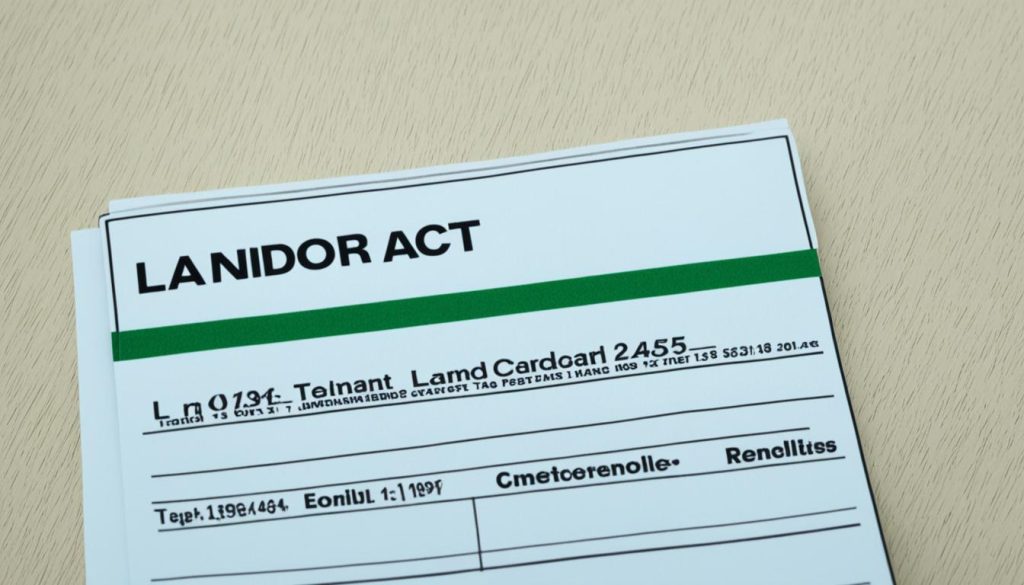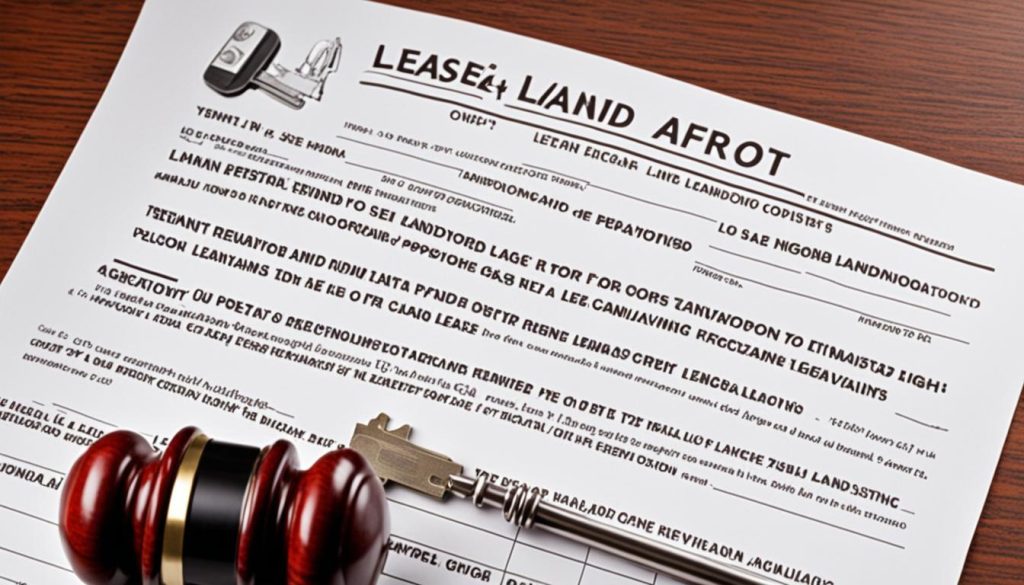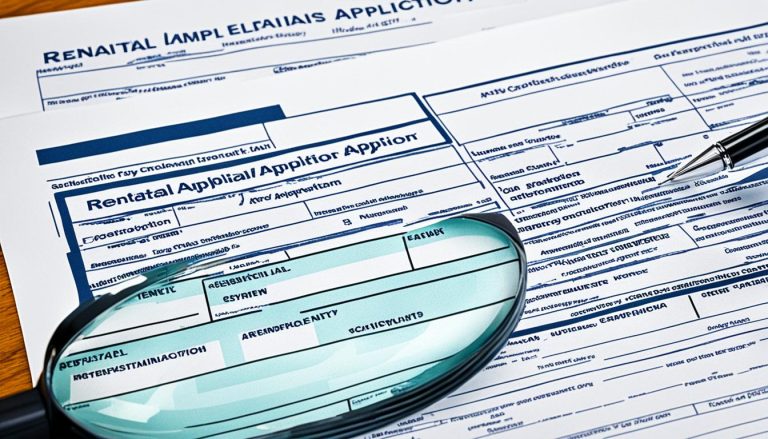Navigating the complexities of commercial property law can be daunting, but one section stands out as a crucial piece of legislation for both landlords and tenants: Section 25 of the Landlord and Tenant Act 1954. This unassuming provision holds the power to reshape the dynamics of commercial property leases, granting landlords the ability to terminate existing tenancies and either offer new terms or oppose the renewal of a lease entirely. But what exactly does Section 25 entail, and how can it impact the rights and obligations of landlords and tenants?
By delving into the intricacies of Section 25 of the Landlord and Tenant Act 1954, we can uncover the surprising ways in which this legislation can influence the commercial property law, lease renewals, landlord’s opposition grounds, tenant’s rights, and even compensations. Join us as we explore the commercial property leases, the concept of security of tenure, and the delicate balance of rent renewal, lease termination, statutory compensation, and the ability to contract out of this legislation.
What is Section 25 Landlord and Tenant Act 1954?
Section 25 of the Landlord and Tenant Act 1954 outlines the process for landlords to terminate a commercial tenancy and oppose the renewal of a lease. The Act provides tenants with ‘security of tenure’, meaning they have the right to a lease renewal unless the landlord can prove certain grounds for opposition.
Section 25 Notice and Security of Tenure
The Landlord and Tenant Act 1954 provides tenants with ‘security of tenure’, meaning they have the right to a lease renewal unless the landlord can prove certain grounds for opposition. This security of tenure is a crucial protection for tenants, ensuring they can continue occupying the premises unless the landlord has valid reasons to terminate the lease.
Terminating or Renewing Tenancy
A Section 25 notice is the landlord’s mechanism to terminate an existing tenancy and either offer new terms or oppose the grant of a new lease. If the landlord serves a Section 25 notice, the tenant has the option to either negotiate new lease terms with the landlord or issue court proceedings to request a new tenancy. The tenant’s actions (or inaction) in response to the Section 25 notice can have significant consequences, potentially leading to the loss of the right to occupy the premises.

Grounds for Landlord’s Opposition
The Landlord and Tenant Act 1954 sets out seven grounds on which a landlord can oppose the grant of a new tenancy to a tenant. These grounds are divided into two categories: mandatory and discretionary.
Mandatory Grounds for Opposition
Two of these grounds are mandatory, meaning the court must refuse a new tenancy if the landlord can prove:
- An intention to demolish or reconstruct the property
- An intention to occupy the premises themselves
Discretionary Grounds for Opposition
The remaining five grounds are discretionary, and the court has the discretion to decide whether a new tenancy should be granted even if the landlord can prove one of these grounds. The discretionary grounds include:
- Breach of repair covenants
- Persistent rent delays
- Other breached obligations
- Availability of alternative accommodation
- The ability to let the whole premises for a higher rent
Compensation for Tenant
If the landlord opposes the new tenancy on the grounds of the tenant’s occupation, demolition/reconstruction, or the landlord’s own occupation, the tenant may be entitled to statutory compensation.

Tenant’s Response to Section 25 Notice
Once a Section 25 notice has been served, the tenant has several options to respond. They can either negotiate new lease terms with the landlord or issue court proceedings to request a new tenancy and have the terms determined by the court.
Negotiating New Lease Terms
Tenants are encouraged to proactively engage with their landlords to negotiate new lease terms that are mutually agreeable. This collaborative approach can often lead to a successful resolution without the need for costly and time-consuming legal proceedings.
Issuing Court Proceedings
If the tenant and landlord are unable to reach an agreement on the new lease terms, the tenant has the option to issue court proceedings to request a new tenancy. This legal process allows the court to assess the landlord’s grounds for opposing the renewal and ultimately determine the appropriate terms of the new lease.
It’s crucial for tenants to be aware of the deadlines specified in the Section 25 notice and take prompt action to protect their position. Failure to respond by the deadline can result in the tenant losing their right to occupy the premises and their right to a new lease.
While issuing court proceedings before the 6-month deadline is less common in practice, it is an option available to tenants who wish to proactively address the landlord’s notice.

Consequences of Inaction
If a tenant fails to respond to a Section 25 notice by the specified deadline, they face serious repercussions. The tenancy will either continue on the landlord’s proposed new terms or terminate on the date indicated in the notice. Moreover, the tenant will forfeit their right to occupy the premises and their entitlement to a new lease.
It is crucial for tenants to be aware of the deadlines and take prompt action to safeguard their position. This may involve negotiating new lease terms with the landlord or initiating court proceedings to request a new tenancy. Tenants who neglect to respond risk losing their security of tenure and the right to remain in the property, with potentially significant financial and practical consequences.
| Consequence of Inaction | Impact on Tenant |
|---|---|
| Tenancy continues on landlord’s terms | Tenant loses bargaining power and may be subject to less favourable lease conditions |
| Tenancy ends on specified date | Tenant loses the right to occupy the premises and their security of tenure |
| Tenant loses right to a new lease | Tenant may be required to vacate the property with no guarantee of renewal |
To avoid these adverse outcomes, tenants must be proactive in responding to Section 25 notices within the prescribed timeframe. By engaging in negotiations or initiating court proceedings, tenants can seek to preserve their occupancy rights and secure more favourable lease terms.

Conclusion
Section 25 of the Landlord and Tenant Act 1954 is a pivotal mechanism that allows landlords to terminate commercial tenancies and either offer new lease terms or oppose the grant of a new tenancy. This section outlines the essential requirements for serving a valid Section 25 notice, the grounds on which a landlord can oppose a new tenancy, and the rights and obligations of tenants in responding to the notice.
Navigating the intricacies of Section 25 is crucial for both landlords and tenants to effectively manage the termination or renewal of commercial leases and safeguard their respective interests. By understanding the legal framework and the steps involved, landlords and tenants can make informed decisions and take appropriate actions to protect their positions.
Whether you’re a landlord seeking to terminate a tenancy or a tenant facing the prospect of a Section 25 notice, staying abreast of the latest developments and seeking professional guidance can make all the difference in achieving a favourable outcome. By working collaboratively and adhering to the legal requirements, both parties can pave the way for a smooth transition and a mutually beneficial agreement.
FAQ
What are the requirements for serving a valid Section 25 notice?
Section 25 notices must be served between 6 and 12 months before the date the landlord wants the tenancy to end. The notice must be served properly, typically by hand delivery or recorded post, in accordance with the terms of the existing lease or the Law of Property Act 1925.
How does Section 25 relate to the tenant’s security of tenure?
The Landlord and Tenant Act 1954 provides tenants with ‘security of tenure’, meaning they have the right to a lease renewal unless the landlord can prove certain grounds for opposition. A Section 25 notice is the landlord’s mechanism to terminate an existing tenancy and either offer new terms or oppose the grant of a new lease.
What are the grounds on which a landlord can oppose the grant of a new tenancy?
The Landlord and Tenant Act 1954 sets out seven grounds on which a landlord can oppose the grant of a new tenancy to a tenant. Two of these grounds are mandatory, and the remaining five are discretionary.
What are the options for a tenant in responding to a Section 25 notice?
Once a Section 25 notice has been served, the tenant has several options to respond: negotiate new lease terms with the landlord or issue court proceedings to request a new tenancy and have the terms determined by the court.






